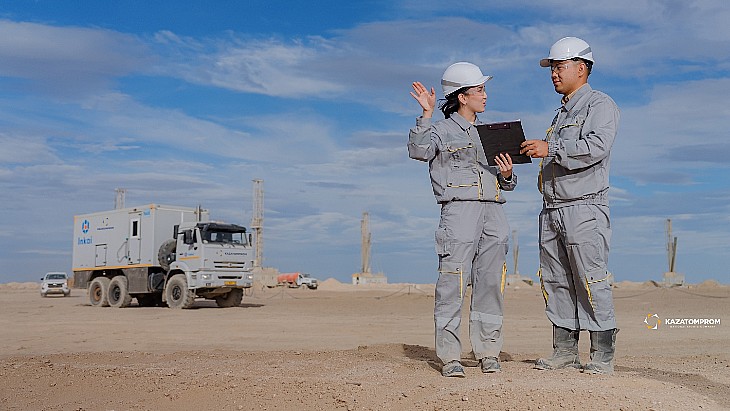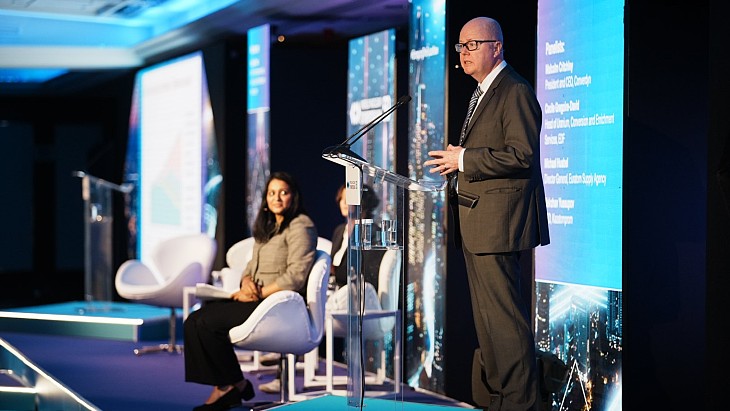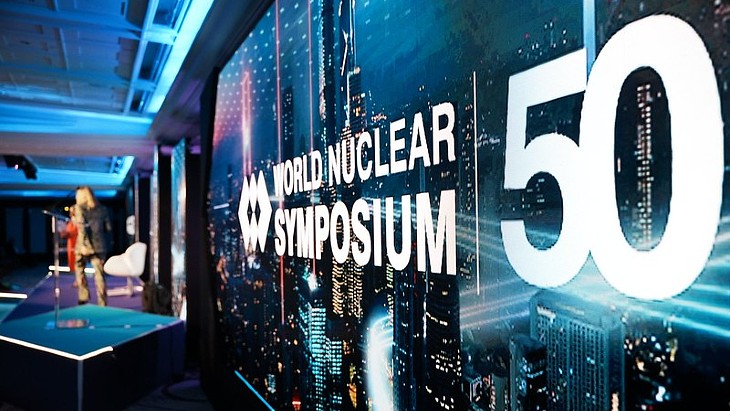Western Australia-based Paladin began the two-stream PFS in March. The first phase - PFS1 - which has now been completed, focused on a rapid, low capital and low risk restart. The second stage of the study is looking into potential changes to Langer Heinrich’s mineral processing flowsheet, including the recovery of vanadium as a by-product.
Paladin CEO Scott Sullivan said the study confirmed Paladin's "key position" as a "first mover" back into production in a recovering uranium market. The studies had systematically reviewed in detail the project's entire production history and processes, challenging past practices where necessary.
"This study continues to demonstrate the high quality and potential of the asset and provides a solid foundation for a confident and successful restart," Sullivan said. "We also believe there is the opportunity for further cost improvements progressively after restart and we are excited about the prospect of vanadium production in our future. We will continue to explore these opportunities, once the market shows signs of improvement.”
Langer Heinrich, located in the Namib Desert and is 80 km east of the major seaport of Walvis Bay and 40 km south-east of Namibia's - and the world's - longest running open pit uranium mine, Rio Tinto Group's Rössing. Production commenced in 2007 with a capacity of 2.7 million pounds U3O8 (1039 tU) per year. This was subsequently expanded to 3.7 million pounds in 2009 and 5.2 million pounds in 2012, but following the continued decline in uranium prices, a mining curtailment strategy was introduced in November 2016 and in May 2018 the mine was transitioned to full care and maintenance. The mine produced over 43.3 million pounds U3O8 over its ten years of previous operations.
PFS1 has confirmed an estimated capital cost of USD80 million to restart production at an average capacity of 5.2 million pounds per year, at an all-in sustaining cost (AISC) of about USD33 per pound U3O8. It has also identified opportunities to expand capacity to 5.5 million pounds per year by "debottlenecking" existing mining and mineral processing operations. This could be achieved during the planned restart without extending the 12-month commissioning time, and would require about USD30 million of further capital, representing an AISC of USD29 per pound U3O8, the company said.
The study has also confirmed that all permits required for restart are, or are reasonably expected to be, in place for production, and that the mine has contractual and legislative access to critical power and water services supplied by the Namibian government.
Vanadium
PFS1 also included a drilling programme to confirm the mineral resource at Langer Heinrich, which has total uranium resources of 123.4 million pounds U3O8. Paladin has now declared a maiden vanadium mineral resource estimate of 38.8 million pounds V2O5, and the second stage of the pre-feasibility will look at vanadium production as a further opportunity for adding additional value.
PFS2 will also look at opportunities including reagent recovery and recycling; ore sorting to improve uranium selectivity; and the use of crushing and ore beneficiation expansion to improve uranium recovery, especially from the processing of low-grade ore.
Paladin owns 75% of Langer Heinrich Mauritius Holdings Limited, the holding company of Langer Heinrich Uranium (Pty) Ltd that holds 100% of the Langer Heinrich tenements. The remaining 25% is owned by CNNC Overseas Uranium Holdings Limited.

.jpg)



_57190.jpg)
_49098.jpg)






